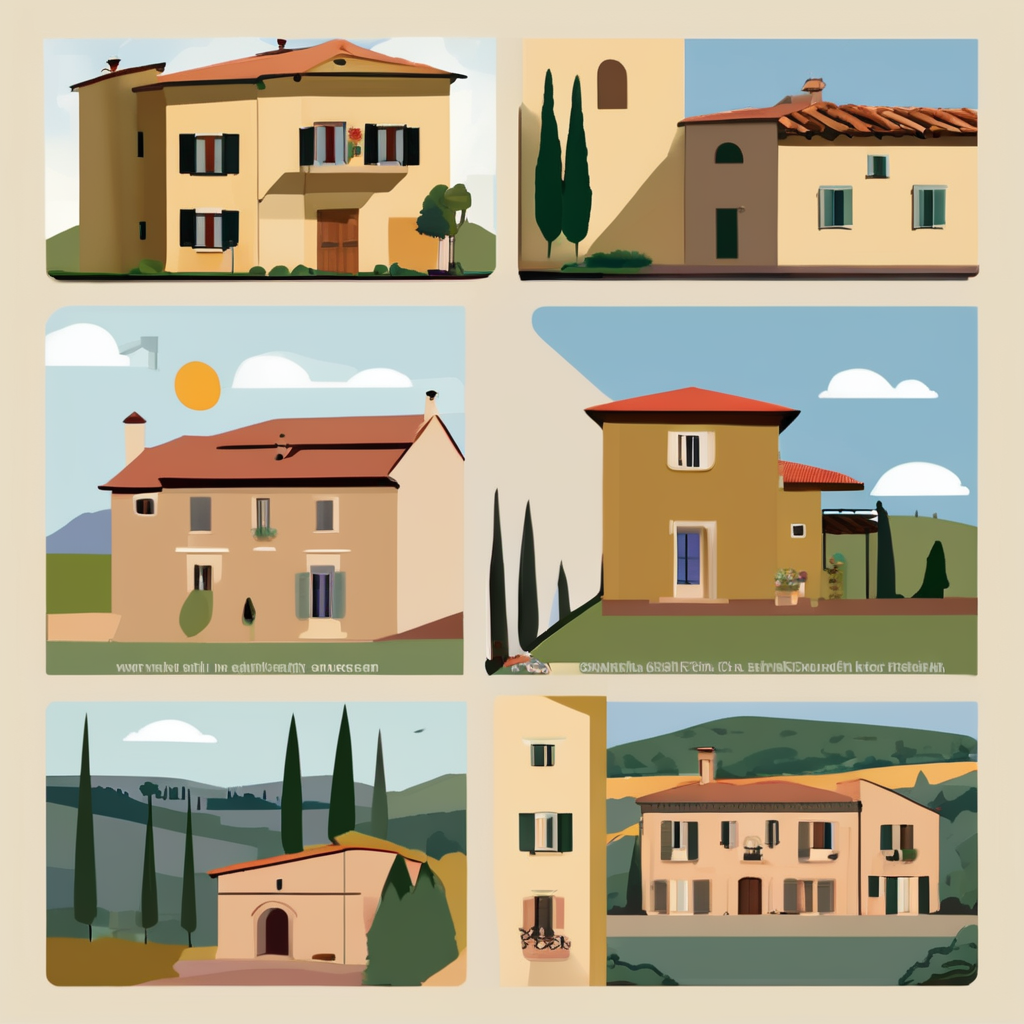Overview of Georgian Architecture in the UK
Georgian architecture in the UK, renowned for its elegance and symmetry, spans the years 1714 to 1830. It reflects the reigns of the first four British monarchs of the House of Hanover—Georges I through George IV. Defining characteristics include symmetrical facades, sash windows, and Greek and Roman influences. The style often features classical proportions, stucco and stone exteriors, emphasizing balance and uniformity.
Within the architectural history of the UK, the Georgian period is a fascinating chapter that has significantly contributed to the cultural tapestry. Georgian style molded not only British architecture but also the evolution of urban landscapes, introducing innovations in town planning, such as terraced houses and uniform street facades.
Additional reading : Discover the Enchantment of Victorian Christmas Markets in the UK: Your Ultimate Festive Delight Guide!
Today, UK landmarks inspired by this era continue to inform contemporary design, with many modern buildings integrating classical elements as a homage to their historic predecessors. This enduring influence underscores the adaptability and timeless appeal of Georgian architecture in both preserving historical significance and informing future architectural endeavors. As one traverses the UK, these elegant structures stand as proud testaments to Georgian design, weaving past ingenuity into present-day narratives.
Top UK Cities Renowned for Georgian Architecture
The UK offers a trove of cities where Georgian architecture is a celebrated hallmark, adding grandeur and historical richness to urban landscapes. These architectural trails invite cultural exploration, revealing the aesthetic narrative from the Georgian era to today.
Additional reading : Discover the Charm of London’s Historic East End: Join a Guided Tour of Its Legendary Markets!
Bath
Bath is synonymous with Georgian architecture, often regarded as a quintessential example of this elegant style. The city boasts iconic sites such as the Royal Crescent and the Circus, with sweeping terraces and harmonious proportions. Bath’s layout reflects meticulous town planning, offering an immersive architectural experience. Conveniently, Bath is accessible by train, and its compact city center is navigable on foot, enhancing visitor accessibility.
Edinburgh
Edinburgh’s New Town is a testament to Georgian architectural brilliance, with majestic rows forming a stark contrast to the rugged cityscape. The Edinburgh Georgian Square exemplifies symmetry and classical lines, encapsulating cultural depth. Public transport ensures easy access, allowing exploration at a relaxed pace.
Dublin
Although in Ireland, Dublin is vital to the Georgian architectural narrative. Landmarks such as Merrion Square feature intricate doorways and uniform facades. The city’s layout fosters a serene exploration with accessible transportation and friendly walkways, permitting a journey through history.
Iconic Georgian Buildings and Structures
Georgian architecture in the UK boasts iconic landmarks that define its architectural legacy. Among the most renowned is the Royal Crescent in Bath, a masterpiece of sweeping curves and classical proportions. It exemplifies the grandeur typical of Georgian design, with its rhythmic facades and elegant lines. Visitors flock to Bath not only to witness these architectural highlights but also to explore the Assembly Rooms, another hallmark of elegance and social history, which once hosted lavish gatherings in the Georgian period.
In Edinburgh, the Georgian Square stands as a symbol of urban planning and architectural foresight. Its symmetrical layout, flanked by stately residences, reflects the period’s emphasis on order and beauty. This square, often overlooked, provides a serene space amid the bustling city, making it a lesser-known gem waiting to be discovered.
Further afield, travelers can find other captivating Georgian structures sprinkled across the UK, each telling its own story. From stately homes to quaint country houses, these sites offer a glimpse into the nuanced artistry that shaped Britain’s architectural landscape, reminding visitors of an era that continues to influence modern design.
Exploring Georgian Architecture: Visitor Information
Delving into the world of Georgian architecture is a delightful experience that combines cultural exploration with the charm of historic elegance. For those keen to explore, there are a variety of itineraries that emphasize the breathtaking beauty of this architectural style. Visitors can embark on themed tours that highlight key sites across different UK landmarks. Whether through guided tours or independent explorations, there’s an avenue for every interest level.
Guided tours often provide insights from experts who unveil the rich history and characteristics of Georgian design. These tours may include visits to famed structures like Bath’s Royal Crescent or Edinburgh’s Georgian Square, each spot offering detailed narratives about the era’s architectural innovations.
Alternatively, self-guided exploration presents an opportunity for a leisurely journey, allowing personal interaction with the surroundings. Maps and brochures available at local tourist centers can significantly enhance the experience, ensuring visitors don’t miss hidden gems along the way.
Travel tips such as optimal visiting hours, seasonal considerations, and transportation advice enable smoother planning for those adventuring into the heart of the UK’s architectural history. This thoughtful preparation ensures a rewarding journey through time.
Appreciating Georgian Architecture: Art and Culture
Georgian architecture is not merely about harmonious facades and classical proportions; it also embodies an era’s artistic and cultural essence. At the heart of its appeal lies the art in Georgian architecture, which deftly merges visual arts with architectural aesthetics.
The Role of Art in Georgian Architecture
Art played a fundamental role in shaping Georgian design. Decorative elements such as intricate moldings and elegant plasterwork reflect a commitment to visual grandeur. The use of classical motifs like acanthus leaves and Greek columns not only enhanced beauty but also highlighted the cultural influences that defined the period. This artistic approach provided a unique blend of form and function, setting Georgian architecture apart as an embodiment of artistic refinement.
Cultural Events Celebrating Georgian Heritage
Today, numerous cultural events celebrate this architectural legacy, offering immersive experiences. Events often include exhibitions, reenactments, and guided walks that captivate enthusiasts and novices alike. These celebrations provide a platform for sharing personal experiences and anecdotes, making Georgian architecture’s appreciation an engaging communal affair. By participating in such events, visitors gain a deeper understanding of the cultural significance linked to these architectural marvels, enriching their exploration and recognition of Georgian heritage.




